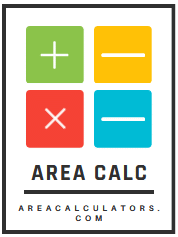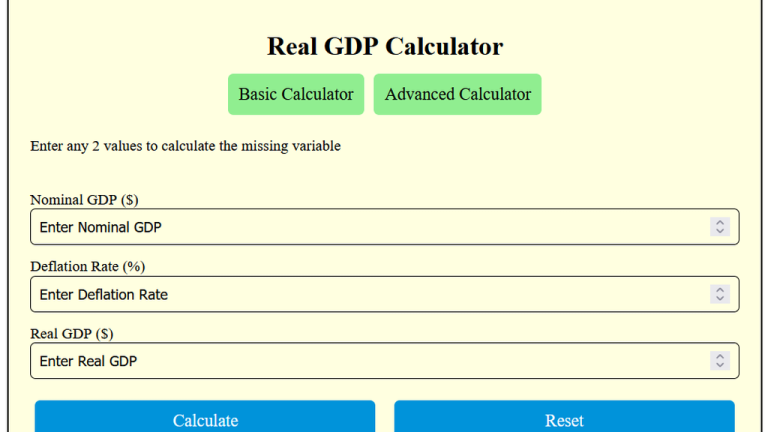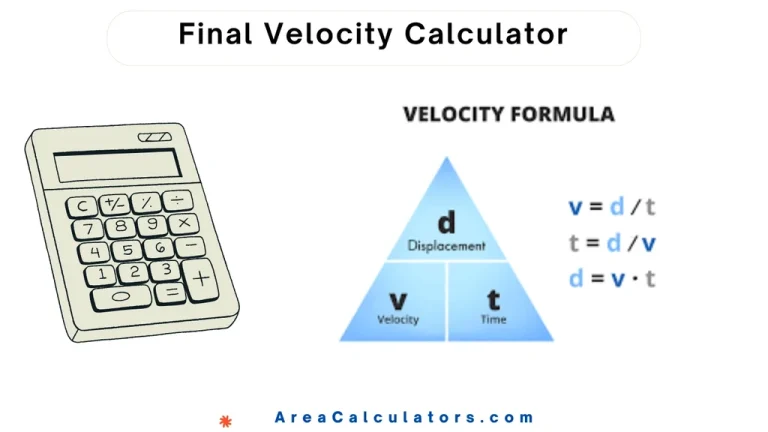Discount Factor Calculator
The Discount Factor Calculator is an essential financial tool for evaluating the present value of future cash flows. By determining the discount factor, you can analyze investments, assess project viability, and compute net present value (NPV).
The Discount Factor Calculator is a versatile tool. This tool enables you to calculate the discount factor for evaluating the present value of future cash flows. This is particularly essential in financial planning, investment analysis, and capital budgeting.
By applying a specified discount rate over a given number of periods, it simplifies the process of determining the present value factor, making it a valuable resource for financial analysts and students.
This calculator allows users to input key variables such as the discount rate, number of periods, and cash flow values. It then calculates the discount factor for each period, enabling users to estimate net present value (NPV) and assess investment opportunities.
Whether you’re analyzing cash flows from bonds, annuities, or business investments, this tool ensures precision and efficiency.
Additionally, it is often used with financial metrics such as internal rate of return (IRR) and future value (FV) to provide a comprehensive financial analysis.
Final Words:
Lastly, the Discount Factor Calculator simplifies the process of evaluating financial decisions, helping users make informed choices by accurately estimating the present value of future cash flows. Its accessibility and accuracy make it an indispensable tool in finance and investment planning.




